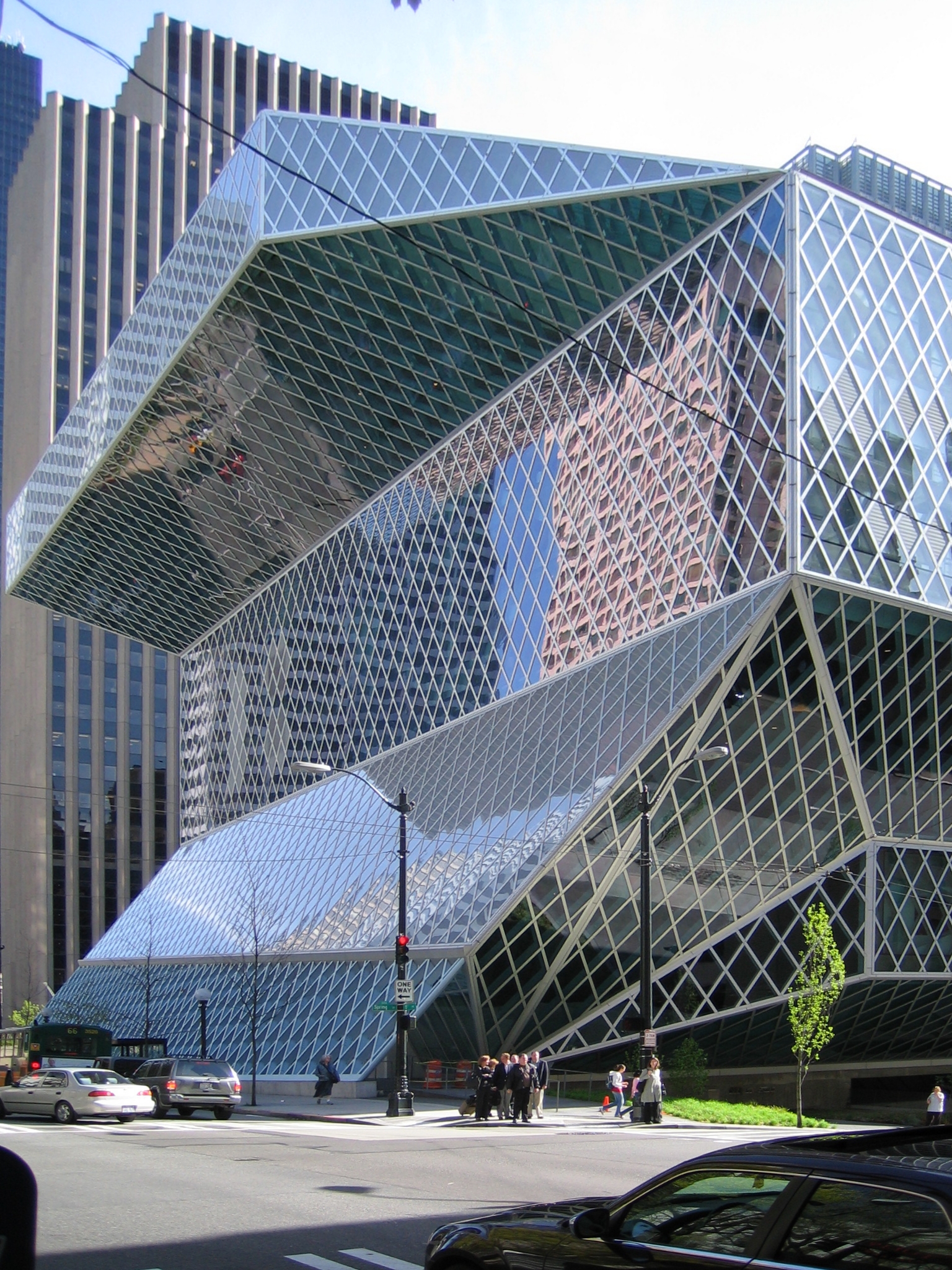|
Guangzhou Opera House
Guangzhou Opera House () is a Chinese opera house in Guangzhou, Guangdong province, People's Republic of China. Designed by Zaha Hadid, it opened on 9 May in 2010. History In April 2002 an international architectural competition attracted Coop Himmelb(l)au, Rem Koolhaas and Zaha Hadid – each producing detailed designs. In November 2002, Zaha Hadid's "double pebble" was announced the winner and the groundbreaking ceremony was held early in 2005. The theatre has become the biggest performing centre in southern China and is one of the three biggest theatres in the nation alongside Beijing's National Centre for the Performing Arts and Shanghai's Shanghai Grand Theatre. May 2010 saw American filmmaker Shahar Stroh direct the premiere production of the opera house: Puccini's opera Turandot [...More Info...] [...Related Items...] OR: [Wikipedia] [Google] [Baidu] |
Deconstructivism
Deconstructivism is a movement of postmodern architecture which appeared in the 1980s. It gives the impression of the fragmentation of the constructed building, commonly characterised by an absence of obvious harmony, continuity, or symmetry. Its name is a portmanteau of Constructivism and "Deconstruction", a form of semiotic analysis developed by the French philosopher Jacques Derrida. Architects whose work is often described as deconstructivist (though in many cases the architects themselves reject the label) include Zaha Hadid, Peter Eisenman, Frank Gehry, Rem Koolhaas, Daniel Libeskind, Bernard Tschumi, and Coop Himmelb(l)au. The term does not inherently refer to the style's ''deconstructed'' visuals as the English adjective suggests, but instead derives from the movement's foundations in contrast to the Russian Constructivist movement during the First World War that "broke the rules" of classical architecture through the French language. Besides fragmentation, deconstr ... [...More Info...] [...Related Items...] OR: [Wikipedia] [Google] [Baidu] |
Puccini
Giacomo Puccini (Lucca, 22 December 1858Bruxelles, 29 November 1924) was an Italian composer known primarily for his operas. Regarded as the greatest and most successful proponent of Italian opera after Verdi, he was descended from a long line of composers, stemming from the late-Baroque era. Though his early work was firmly rooted in traditional late-19th-century Romantic Italian opera, he later developed his work in the realistic ''verismo'' style, of which he became one of the leading exponents. His most renowned works are ''La bohème'' (1896), ''Tosca'' (1900), ''Madama Butterfly'' (1904), and ''Turandot'' (1924), all of which are among the most frequently performed and recorded of all operas. Family and education Puccini was born Giacomo Antonio Domenico Michele Secondo Maria Puccini in Lucca, Italy, in 1858. He was the sixth of nine children of Michele Puccini (1813–1864) and Albina Magi (1830–1884). The Puccini family was established in Lucca as a local musica ... [...More Info...] [...Related Items...] OR: [Wikipedia] [Google] [Baidu] |
2010 Establishments In China
1 (one, unit, unity) is a number representing a single or the only entity. 1 is also a numerical digit and represents a single unit of counting or measurement. For example, a line segment of ''unit length'' is a line segment of length 1. In conventions of sign where zero is considered neither positive nor negative, 1 is the first and smallest positive integer. It is also sometimes considered the first of the infinite sequence of natural numbers, followed by 2, although by other definitions 1 is the second natural number, following 0. The fundamental mathematical property of 1 is to be a multiplicative identity, meaning that any number multiplied by 1 equals the same number. Most if not all properties of 1 can be deduced from this. In advanced mathematics, a multiplicative identity is often denoted 1, even if it is not a number. 1 is by convention not considered a prime number; this was not universally accepted until the mid-20th century. Additionally, 1 is the ... [...More Info...] [...Related Items...] OR: [Wikipedia] [Google] [Baidu] |
Music Venues Completed In 2010
Music is generally defined as the art of arranging sound to create some combination of form, harmony, melody, rhythm or otherwise expressive content. Exact definitions of music vary considerably around the world, though it is an aspect of all human societies, a cultural universal. While scholars agree that music is defined by a few specific elements, there is no consensus on their precise definitions. The creation of music is commonly divided into musical composition, musical improvisation, and musical performance, though the topic itself extends into academic disciplines, criticism, philosophy, and psychology. Music may be performed or improvised using a vast range of instruments, including the human voice. In some musical contexts, a performance or composition may be to some extent improvised. For instance, in Hindustani classical music, the performer plays spontaneously while following a partially defined structure and using characteristic motifs. In modal jazz the p ... [...More Info...] [...Related Items...] OR: [Wikipedia] [Google] [Baidu] |




